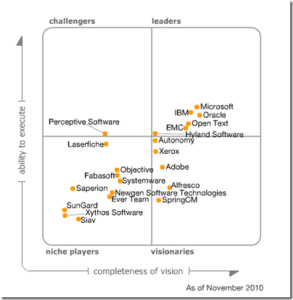I have developed this research to primarily look at identifying and assessing the incorporated challenges as part of the digital transformation and change management practices in Qatari organizations. The outcomes of this research intend to supply the necessary techniques to smooth the journey of change management from the inception stage all the way through execution, completion, and acceptance by the users and business. Furthermore, this research seeks to shed light on a set of influential methods that would help in ensuring a solid transition during and after the digital transformation journey of implementation and operation, with the minimum volume of hiccups and unforeseen risks.
Additionally, this work highlights the urgency of following one of the most nowadays business necessities, which without it, present firms might end up facing a significant struggle to survive and adapt to the new influencing factors of the modern business. Thus, this research covers the benefits of the inclusive digital shift, but without ignoring the extent of necessary conditions, starting with the comprehensive digital strategy, all the way down to the adopted change and project management frameworks, along with the imperative procedures to ensure effective rollout and successful business adoption.
As part of the key findings of this study, business leaders and IT executives must realize the criticality of setting rational and right perceptions for both the leadership as well as employees. Business leaders must evaluate some influential dynamics carefully to observe in which manner their companies can closely align them with the overall digital transformation process. Those dynamics must consider four dimensions: competition, corporate, customer and leadership.
Moreover, IT executives are supposed to utilize their role for the benefit of the business, therefore adding value. They must eagerly try to highlight the set of opportunities and challenges in an engaging manner that can release positive energy. Nevertheless, the corporate culture has a substantial role in discovering the appropriate balance, and IT executives should generally outline their leadership profile for the sake to make the most out of their influence whether it is boosting innovation, leveraging interdependence or even leading from behind, to align it with the executive team (Bongiorno et al. 2017).


